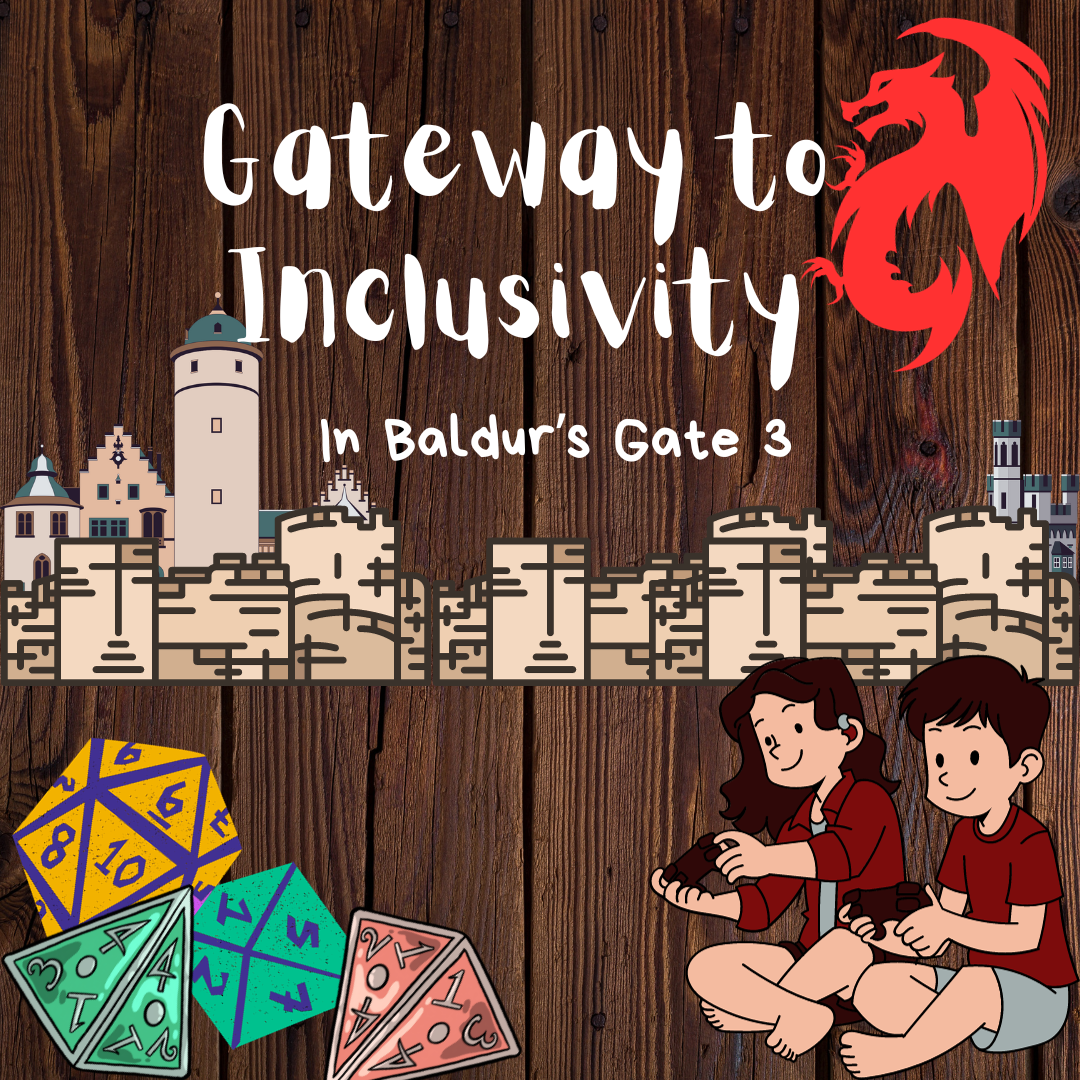It’s no small secret that video games have drastically changed since their first
appearance in the late 1950s. Changing from the simple 8-bit pixel games, tennis video games
like Pong. From recent large studios creating massive open-world RPGs like Nintendo Zelda
Breath of the Wild, to Mihoyos open-world MMO RPG Genshin Impact. To fast-paced,
competitive first-person shooters like Overwatch. It’s a clear bet that video games have come a
long way since the 50s, to even the creation of ESports. We even have had successful titles
getting Movie adaptations, from Silent Hill, Sonic, and The Witcher, to even the recent Mario
Movie. So have even gotten series like the recent successful series Last of Us. With the growth
of the video game industry, many gamers are from diverse communities. Many, including
myself, have noticed a lack of representation in modern video games. Historically video games
have been predominantly a male-dominated industry. I’ll be addressing this lack Transgender of
representation in modern video games As well as highlighting a change to this lack of
representation trend in a recent game release.
The main appeal of video games is the immersion that they provide. Developers
hope to intrigue the players into playing their game and investing in the world that they have
created. Many titles have traditionally allowed the player to pick playing as a Boy or Girl, to help
the player self portray themself in the game. One of the titles that pioneered this was Pokemon,
which appealed to boys and girls and allowed the player to pick their “gender” in the game as
Boy or Girl. Recently many video games have addressed this lack of a diverse representation
as issues with the lack of customization of the players. A great example of this is CDproject
Red’s Cyberpunk 2077. This game title promises players a massive open-world dystopian
experience with a cyberpunk aesthetic. While the game release was overshadowed by game-
chasing bugs, the developers promised the players to complete customization to their video
game avatar. Many players thought that this would address the lack of representation of the
community, but totaled up to being able to play as either Male or Female, with an emphasis on
mixing and matching which genitalia your character had. Overall players felt that this didn’t
address the situation.
I would like to highlight a change in this trend of lacking TransRepresentation and the
LgBTQ community in video games. By talking about Larian Studio’s Baldur’s Gate 3, which was
announced in August 2019 and fully released on August 31, 2023, has addressed this concern.
By addressing the main problem that many other games tried to address but didn’t fully
succeed. Some background on the game. Baldur’s Gate 3 is an open-world role-playing game
that seeks to recreate the tabletop experience of playing Dungeons and Dragons. DnD is a
creative game with a diverse set of settings and customization backed by its community of
players. In this case, the developers went above and beyond what was expected of them.
Breaking away from how typical games allow the players to customize their character in just
Male and Female options. Bauldr’s Gate 3, created customizable options centered around
gender and sex. Finally, allowing trans players to self-identify and feel represented. For many,
this might seem like just a small unimportant issue. This brings up the question, if a small
change or action is all it takes to represent a marginalized community then, why didn’t we
include it in the first place? Through small changes and actions, we can change this industry for
the better. Overall Larian Studio’s, Bauldaur’s Gate 3, delivered everything and more they
promised. Getting criticized and praised, by many who say that they have set up standards for
future games.
